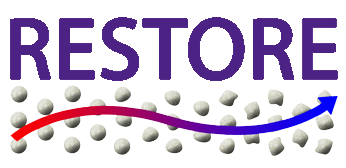Urban stormwater management
Background
Stormwater runoff from urban areas delivers a a range of harmful pollutants (e.g., phosphorus, nitrogen, chloride, metals, pathogens, organic contaminants and micropollutants) to downstream surface waters which contributes to deteriorating surface water quality and ecosystems. Improved understanding of the sources and behaviour of pollutants in stormwater runoff is crucial for planning and design of effective stormwater management practices to reduce the impact of stormwater runoff on downstream ecosystems. Conventional stormwater management systems as well as low impact development systems (LIDs) are commonly used to reduce stormwater flows, decrease peak flows and improve water quality but the performance of these systems particularly in cold climates are not well understood.
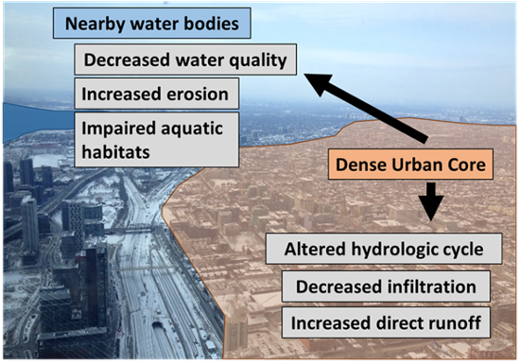
Stormwater runoff from urban areas impairs downstream environments
Research Objectives
- Identify non-point source contributing areas of pollutants in urban watersheds and examine how these sources vary seasonally in cold climates
- Evaluate performance of individual stormwater management systems including low impact development systems in decreasing pollutant loads over multiple seasons
- Optimize installation of low impact development systems across urban watersheds for reducing pollutant loads.
Research Methods
Field Investigations
A detailed stream water flow and sampling program spanning over 12 months is been implemented to monitor stormwater flows and pollutant loads in a small (7.3 km2) watershed in London, Ontario. The sampling locations were selected to monitor pollutant loads derived different urban land use types as well as to monitor the effectiveness of individual stormwater management systems in reducing pollutant loads.

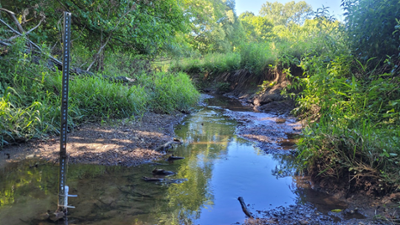
Stormwater modeling
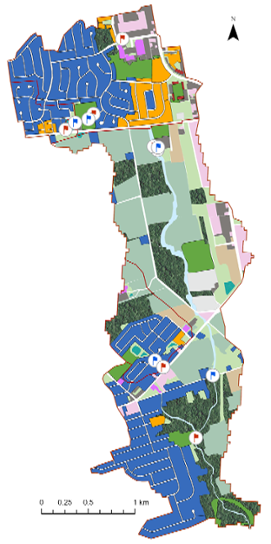
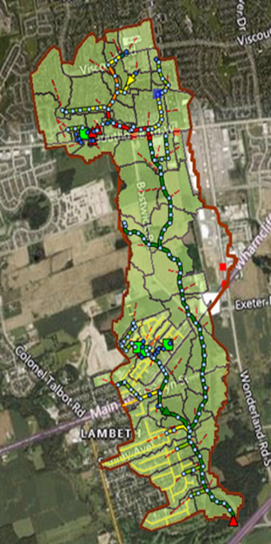
Project Output
Select Conference Presentations
Vyn, D., P. Goel, I. Shah, S. Jivani, C.E. Robinson, 2022. Influence of land use type and stormwater control measures on nonpoint source phosphorus concentrations and loads in a cold climate urban subwatershed, Proc. American Geophysical Union (AGU) Fall Meeting, Chicago.
Project Team
Project Leaders:
Pradeep Goel (Ontario Ministry of Environment, Conservation and Parks)
Imtiaz Shaw (Upper Thames River Conservation Authority)
Project Members:
Dillon Vyn, MESc
Supporting Organziations:



